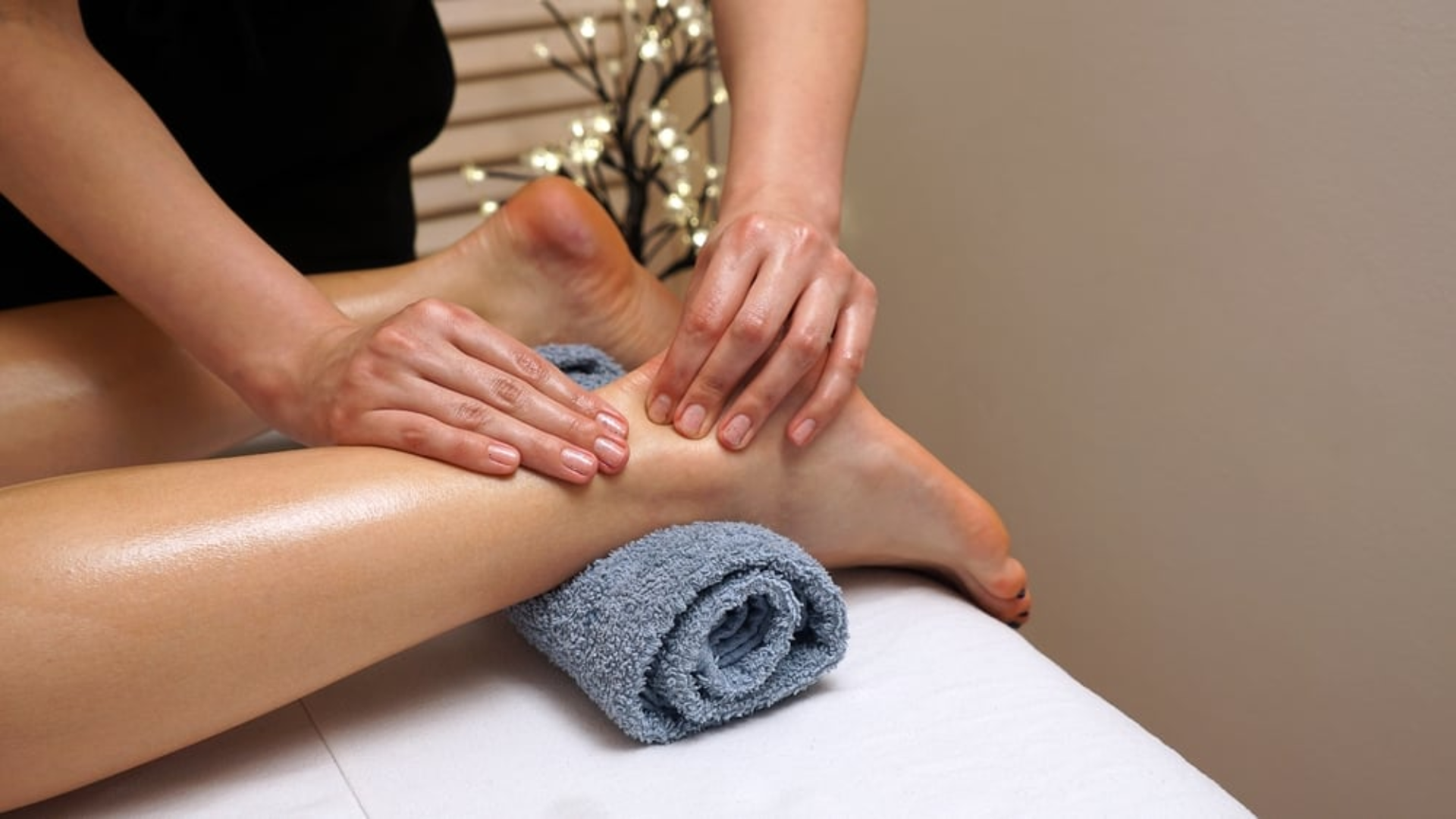No matter your age, you’ve probably heard or felt a pop, click, or creak from your ankles or other joints. Most of the time, this isn’t something to worry about unless the popping comes with pain or swelling. The medical term for joint popping is crepitus. Many people think noisy joints are a sign of aging, but even young people can experience them, especially during exercise or after being inactive for a while.
In this article, we’ll cover the most common reasons your ankle pops and explain when it might be time to see a doctor.
Causes Ankle Popping
Ankle popping is very common. Most of the time, it’s not a problem. But if you have pain or swelling along with the popping, it could indicate something more serious.
If your ankle pops without pain, it’s usually caused by:
- Gas is being released from the joint capsule
- Your peroneal tendons are rubbing over the bones in the joint
Let’s explore the most common reasons why ankles pop and what’s happening inside your joint.
Gas Release
When you move your ankle, the joint capsule stretches. This capsule is filled with fluid that keeps the joint lubricated. Sometimes, bubbles of nitrogen or other gases in this fluid are released. This can create a loud popping sound.
Tight muscles can make this happen more often. That’s why your ankle may pop more after sitting for a long time or when you first get up in the morning. Ankle popping from gas release is normal. It does not mean your joint is damaged or there’s a serious problem.
Tendon Rubbing
A common reason your ankle makes noise is when your peroneal tendons rub over your ankle bone. You have three peroneal muscles on the outside of your lower leg. They help stabilize your ankle. Two of these muscles run through a groove behind the bony bump on the outside of your ankle. If the tendons slip out of this groove, you may feel or hear a snapping or popping sound. This is usually not a problem if it doesn’t cause pain. After an ankle injury, like a sprain, tendon rubbing may happen more often.
Tendon Subluxation
The peroneal tendons are held in place by a band called the peroneal retinaculum. If this band stretches, tears, or separates, the tendons can slip out of place. This can make a snapping or popping sound when you move your ankle. This slipping is called subluxation.
Subluxation is rare. It usually happens in athletes after a sudden twist of the ankle. In some cases, surgery may be needed to fix it.
Tendon dislocation
A dislocation occurs when the tendons of your peroneal muscles get pushed out of their usual location. When this happen, it can cause a popping or snapping sound in your ankle, along with:
- Inflammation
- Swelling
- Pain
A peroneal tendon dislocation may occur during an ankle sprain. You’ll need medical attention to ensure that the tendons return to their correct position.
Osteochondral Lesion
Osteochondral lesions are injuries to the cartilage at the ends of your bones. They can make your ankle click, lock, or feel stiff, and are often linked with swelling and limited movement. These lesions happen in 50–70% of ankle sprains and fractures. Doctors usually diagnose them with an MRI. Sometimes, surgery may be needed. They can also develop from osteoarthritis. As cartilage wears down with age, rough edges may cause pain and popping noises.
What Can Help Strengthen Your Ankles?
Strengthening your ankles can help reduce popping and prevent injuries. Certain exercises target the peroneal muscles on the outside of your ankle. These muscles help stabilize the joint.
Here are some exercises to improve ankle stability and support healthy movement.
Ankle Circles
Ankle circles help warm up your ankle joints and improve mobility. You can do them while sitting or lying down.
How to Do Ankle Circles
- Support one leg on a stable surface, keeping your heel lifted.
- Move your foot in clockwise circles 10 times.
- Switch to counterclockwise circles 10 times.
- Repeat the same steps with your other ankle.
Calf Raises
Stand with your feet shoulder-width apart on the edge of a step or ledge. Hold a railing or sturdy chair for balance.
How to do this exercise:
- Rise onto your toes so your ankles are fully extended.
- Lower your heels below the level of the ledge.
- Repeat 10 times.
- For more challenge, do the exercise on one leg.
Single-legged balance
Stand with your feet shoulder-width apart. Position yourself near a sturdy chair or wall for support in case you lose balance.
How to do this exercise:
- Lift one foot off the floor.
- Balance on the supporting foot for up to 30 seconds.
- Switch legs and repeat on the other side.
Draw the Alphabet Exercise
Start by lying on your back with one foot raised, or stand with one foot lifted. Use a chair for support if needed.
How to do this exercise:
- Move your elevated foot to “write” the alphabet from A to Z, using your ankle joint.
- Switch to the other foot and repeat.
When to See a Doctor?
If your ankle popping causes pain or starts after an injury, it’s important to get checked by a doctor. Your doctor might order imaging tests, like an MRI or CT scan, to check for damage to bones or cartilage.
Treatment will depend on the cause and may include:
- Physical therapy
- Arch supports
- Bracing
- Surgery
Conclusion
Ankle popping is common and usually harmless, especially when it isn’t painful. Most cases are due to normal joint movement, tendon rubbing, or gas release in the joint. However, persistent popping with pain, swelling, or after an injury should be evaluated by a doctor. Early assessment can prevent further damage and guide proper treatment.
Regular ankle exercises like ankle circles, calf raises, and balance training can strengthen the muscles and tendons around the joint, improve stability, and reduce the risk of injuries such as sprains.
Reference Link:
https://www.healthline.com/health/ankle-popping#ankle-strengthening-exercises





